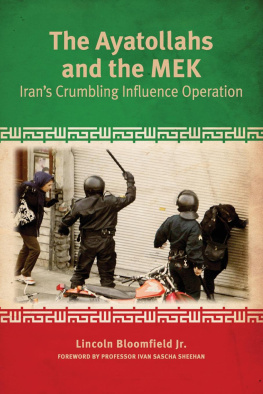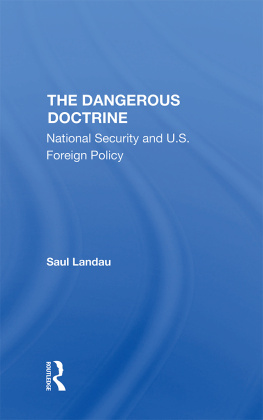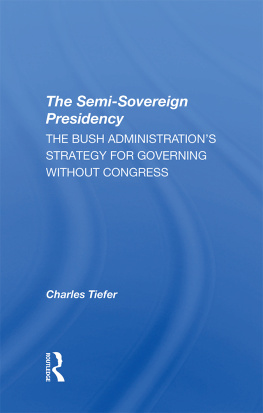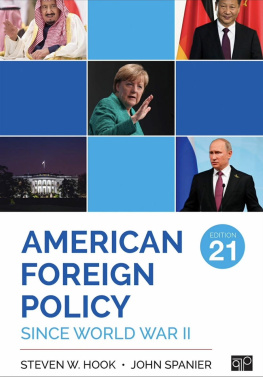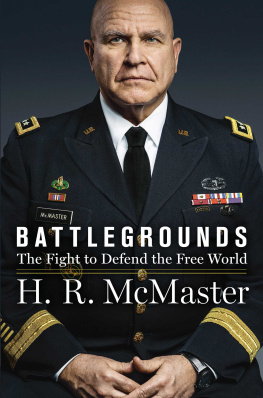John Gans - White House Warriors: How the National Security Council Transformed the American Way of War
Here you can read online John Gans - White House Warriors: How the National Security Council Transformed the American Way of War full text of the book (entire story) in english for free. Download pdf and epub, get meaning, cover and reviews about this ebook. year: 2019, publisher: Liveright, genre: Politics. Description of the work, (preface) as well as reviews are available. Best literature library LitArk.com created for fans of good reading and offers a wide selection of genres:
Romance novel
Science fiction
Adventure
Detective
Science
History
Home and family
Prose
Art
Politics
Computer
Non-fiction
Religion
Business
Children
Humor
Choose a favorite category and find really read worthwhile books. Enjoy immersion in the world of imagination, feel the emotions of the characters or learn something new for yourself, make an fascinating discovery.
White House Warriors: How the National Security Council Transformed the American Way of War: summary, description and annotation
We offer to read an annotation, description, summary or preface (depends on what the author of the book "White House Warriors: How the National Security Council Transformed the American Way of War" wrote himself). If you haven't found the necessary information about the book — write in the comments, we will try to find it.
A must-read for anyone interested in how Washington really works (Ivo H. Daalder),White House Warriorsfinally reveals how the NSC evolved from a handful of administrative clerks to, as one recent commander-in-chief called them, the presidents personal band of warriors.
When Congress originally created the National Security Council in 1947, it was intended to better coordinate foreign policy after World War II. Nearly an afterthought, a small administrative staff was established to help keep its papers moving. President Kennedy was, as John Gans documents, the first to make what became known as the NSC staff his own, selectively hiring bright young aides to do his bidding during the disastrous Bay of Pigs operation, the fraught Cuban Missile Crisis, and the deepening Vietnam War.
Despite Kennedys death and the tragic outcome of some of his decision, the NSC staff endured. President Richard Nixon handed the staffs reigns solely to Henry Kissinger, who, given his controlling instincts, micromanaged its work on Vietnam. In the 1980s, President Ronald Reagans NSC was cast into turmoil by overreaching staff members who, led by Oliver North, nearly brought down a presidency in the Iran-Contra scandal. Later, when President George W. Bushs administration was bitterly divided by the Iraq War, his NSC staff stepped forward to write a plan for the Surge in Iraq.
Juxtaposing extensive archival research with new interviews, Gans demonstrates that knowing the NSC staffs history and its war stories is the only way to truly understand American foreign policy. As this essential account builds to the swift removals of advisors General Michael Flynn and Steve Bannon in 2017, we see the staffs influence in President Donald Trumps still chaotic administration and come to understand the role it might play in its aftermath.
A revelatory history written with riveting DC insider detail,White House Warriorstraces the path that has led us to an era of American aggression abroad, debilitating fights within the government, and whispers about a deep state conspiring against the public.
John Gans: author's other books
Who wrote White House Warriors: How the National Security Council Transformed the American Way of War? Find out the surname, the name of the author of the book and a list of all author's works by series.




